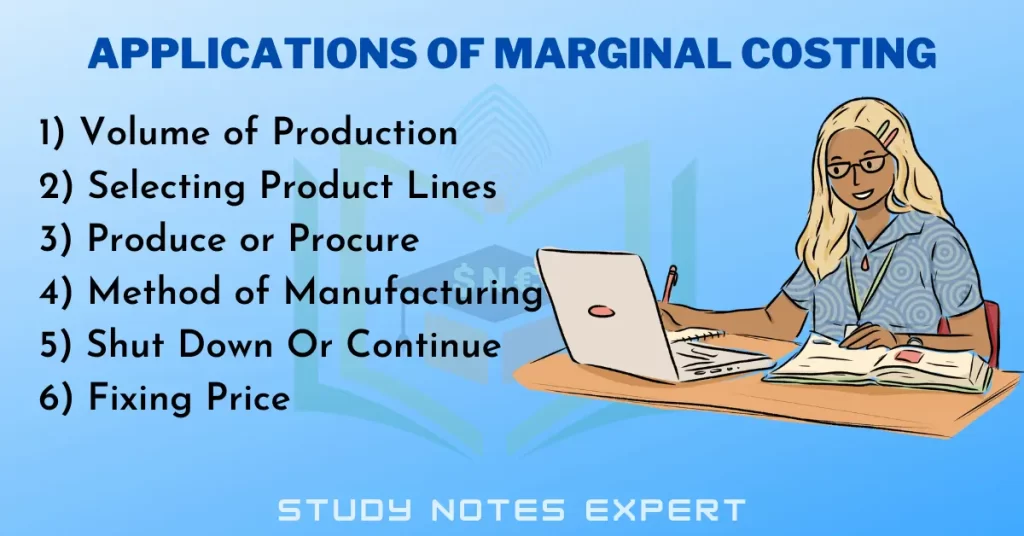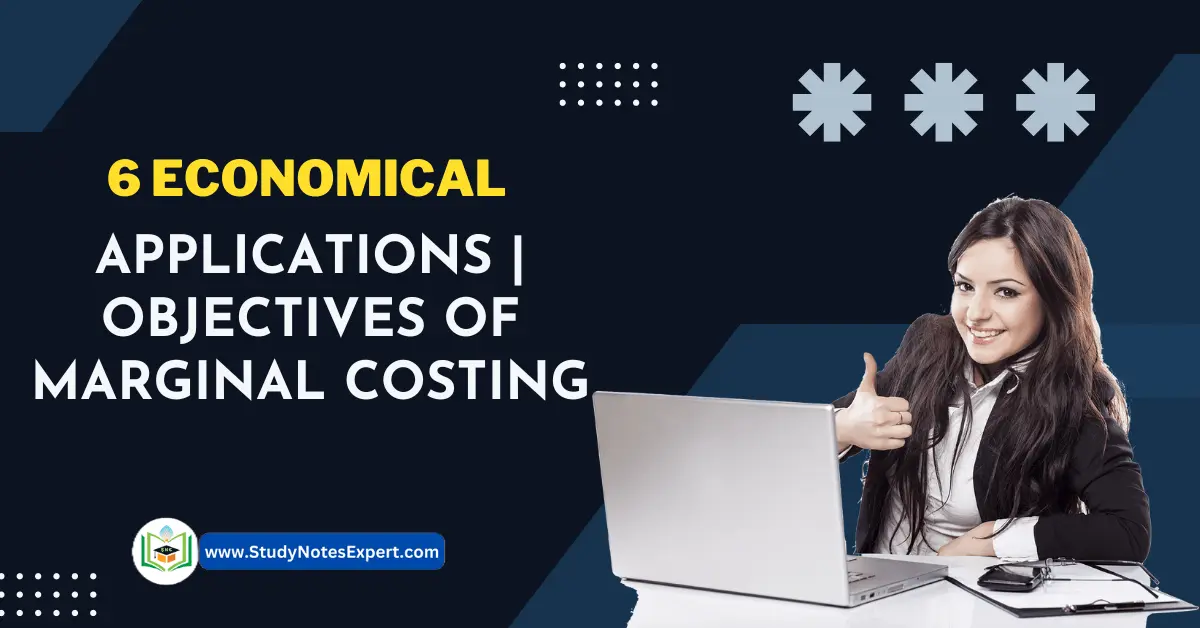The term ‘marginal cost’ is derived from a crucial financial concept of ‘margin”. However, the economic concept of ‘margin’ isn’t like accounting. In the following article, you will know the applications and objectives of marginal costing. As a financial concept, marginal price is the charges incurred for generating an additional product unit. At the same time, the accounting idea of margin cost implies the whole fee through aggregating high and variable costs.
Thus, it includes all fees besides fixed costs. Marginal costing is only sometimes a technique or task costing approach. It is a great technique primarily used for the motive of managerial selection-making. Marginal costing may be used for measuring the profitability of numerous product lines or fee centers. This method is useful for bifurcating charges into awesome classes, “variable expenses” and “fixed charges.” Variable price constitutes the marginal value of the product.
Definition of Marginal Costing
The Institute of Cost and Management Accountants, London, has defined Marginal Costing as “The ascertainment of variable fees and of the effect on profit of changes in quantity or sort of output through differentiating among constant costs and variable prices.”
‘Variable Costing’ is another time period used for Marginal Costing. It denotes the amount by which total cost changes when there may be a boom or lower production volume through one unit. It equates to the full variable fee of a unit.
Objectives of Marginal Costing
Marginal costing serves the next targets:
1) Since the overall constant value is the same in any respect ranges of output and income, the exchange in general fee isn’t always proportional to the alternative inside the quantity of output.
2) Inclusion of a fixed price for valuing a product leads to outstanding results in extraordinary intervals as it tends to vary with the exchange in the production stage.
3) Fixed costs are incurred irrespective of manufacturing or utilization level.
4) Fixed costs are related to a selected accounting period and, consequently, need to be no longer carried ahead to the subsequent accounting duration in the form of inventory valuation.
5) Fixed expenses are unimportant for choice-making as these charges stay the same with output and income quantity. It is one of the objectives of marginal costing.
Applications of Marginal Costing

Normally marginal costing strategies are used for determining the volume of production, selections concerning product mix, produce or procure, fixation of the minimum price, dumping, attractiveness or rejection of an order, the decision to produce or close down, method of manufacturing, and so forth.
1) Volume of Production
Marginal costing allows for determining the level of output which is most worthwhile for the jogging problem. The manufacturing capability, therefore, may be utilized to the maximum viable volume. It is one of the applications of marginal costing. It is one of the applications of marginal costing. It helps determine the maximum profitable dating between cost, fee, and volume within the business, which facilitates the management in fixing high-quality promoting charges for its products.
2) Selecting Product Lines
The marginal costing method enables determining the most profitable manufacturing line by comparing the profitability of different merchandise.
3) Produce or Procure
The selection of whether a specific product has to be manufactured inside the factory or procured from door supply may be taken comparing the rate at which it could be had from outside. If the procurement charge is lower than the marginal production fee, purchasing the product from an outside supplier will be beneficial. It is one of the applications of marginal costing.
4) Method of Manufacturing
If a product may be synthetic by extra techniques, ascertaining the marginal fee of producing the product through each technique might help determine which approach needs to be followed.
5) Shut Down Or Continue
Marginal costing, especially within the instances of melancholy, facilitates in identifying whether the product in the plant ought to be suspended temporarily or persevered, notwithstanding low call for the company’s merchandise.
6) Fixing Price
Marginal costing facilitates figuring out the selling fee of the product, which gives the favored profit.

